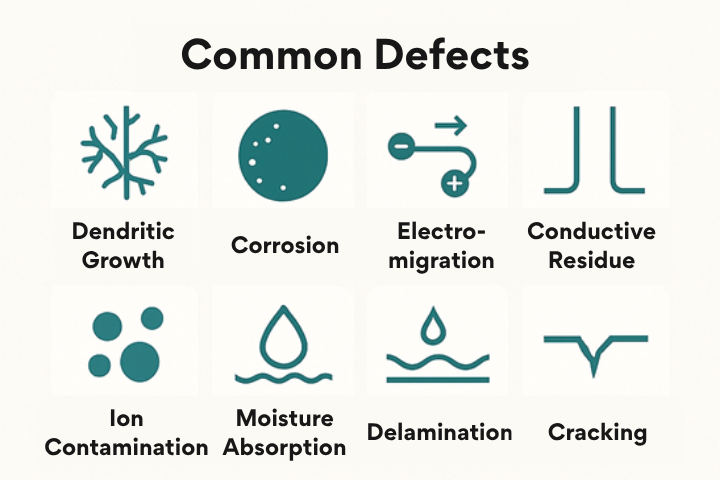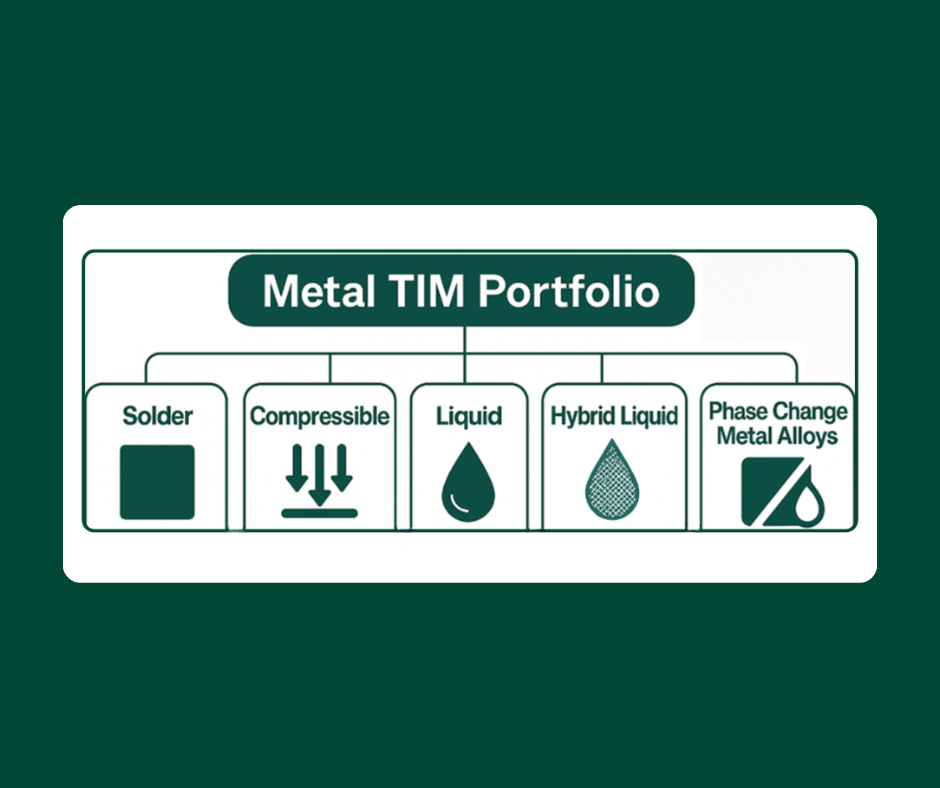In many halogen-free discussions, the primary emphasis is on Bromine (Br) and Chlorine(Cl). However, the halogens also include Fluorine(F), Iodine(I), and Astatine(At). Most of us know several uses of F and I, but what is this element At?
As it turns out, Astatine is is the rarest of all naturally occurring element. According to Wikipedia,there is less than an ounce in the entire Earth's crust. I think that means it is safe to assume we don't have to worry about it showing up in printed circuit boards!
Since At is extremely radioactive, I highly recommend avoiding it if you see some on the sidewalk but don't worry too much about it in your halogen-free testing.



